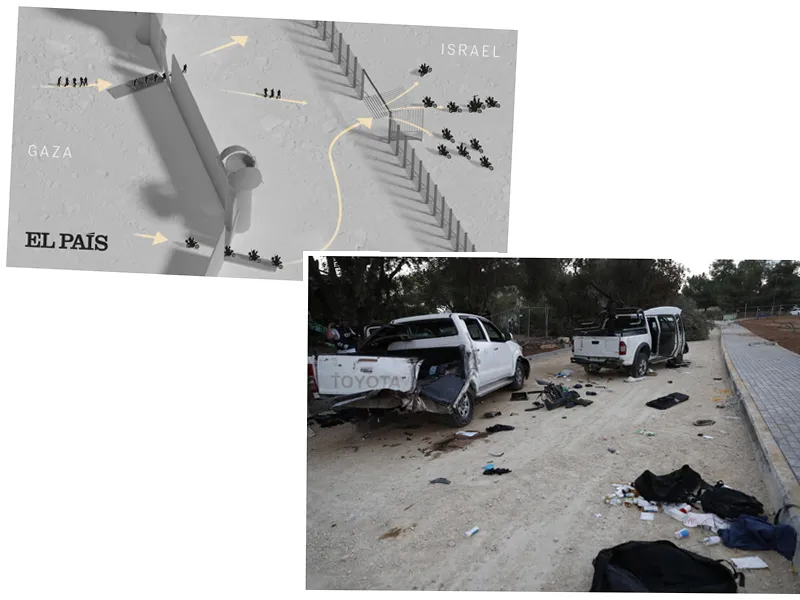Rising Tensions in the Middle East: A Year After the Gaza Massacre
As October 2024 unfolds, Israel experiences a significant increase in air raid warnings, reflecting a dramatic shift in regional conflict dynamics compared to the previous year. In October 2023, Israel recorded 8,810 alerts, primarily due to a surprise attack by Hamas on October 7, which included thousands of rocket launches from Gaza. Fast forward to October 2024, and the alerts have surged to 9,582 with a notable shift in the sources of these warnings.
The data reveals that in October 2023, 7,853 alerts originated from Gaza, whereas this year, only 150 alerts were recorded from the Gaza Strip. In stark contrast, Lebanon has become a focal point of conflict, with 5,386 alerts attributed to launches from its territory, primarily driven by Iranian missile attacks. This shift indicates a significant change in the operational landscape, with Iran and Lebanon now playing more prominent roles in the conflict.
International Responses and Humanitarian Concerns
The ongoing conflict has drawn international attention, with the BRICS nations calling for an immediate ceasefire in Lebanon. The UN has issued stark warnings regarding the humanitarian crisis in Gaza, stating that it could take up to 350 years to rebuild if the blockade continues. This alarming statistic underscores the dire humanitarian situation, where continuous bombardments have resulted in mass displacement and severe infrastructure damage.
The Israeli military has intensified its operations in Lebanon, with reports of airstrikes in Tyre and the discovery of weapon caches in civilian areas, raising concerns about potential violations of international humanitarian law. The situation is further complicated by the presence of Hezbollah, which has launched rockets at Israeli targets, including military bases near Tel Aviv. US Secretary of State Antony Blinken has urged for an end to hostilities, emphasizing the need for diplomatic solutions to prevent further escalation in the region.





